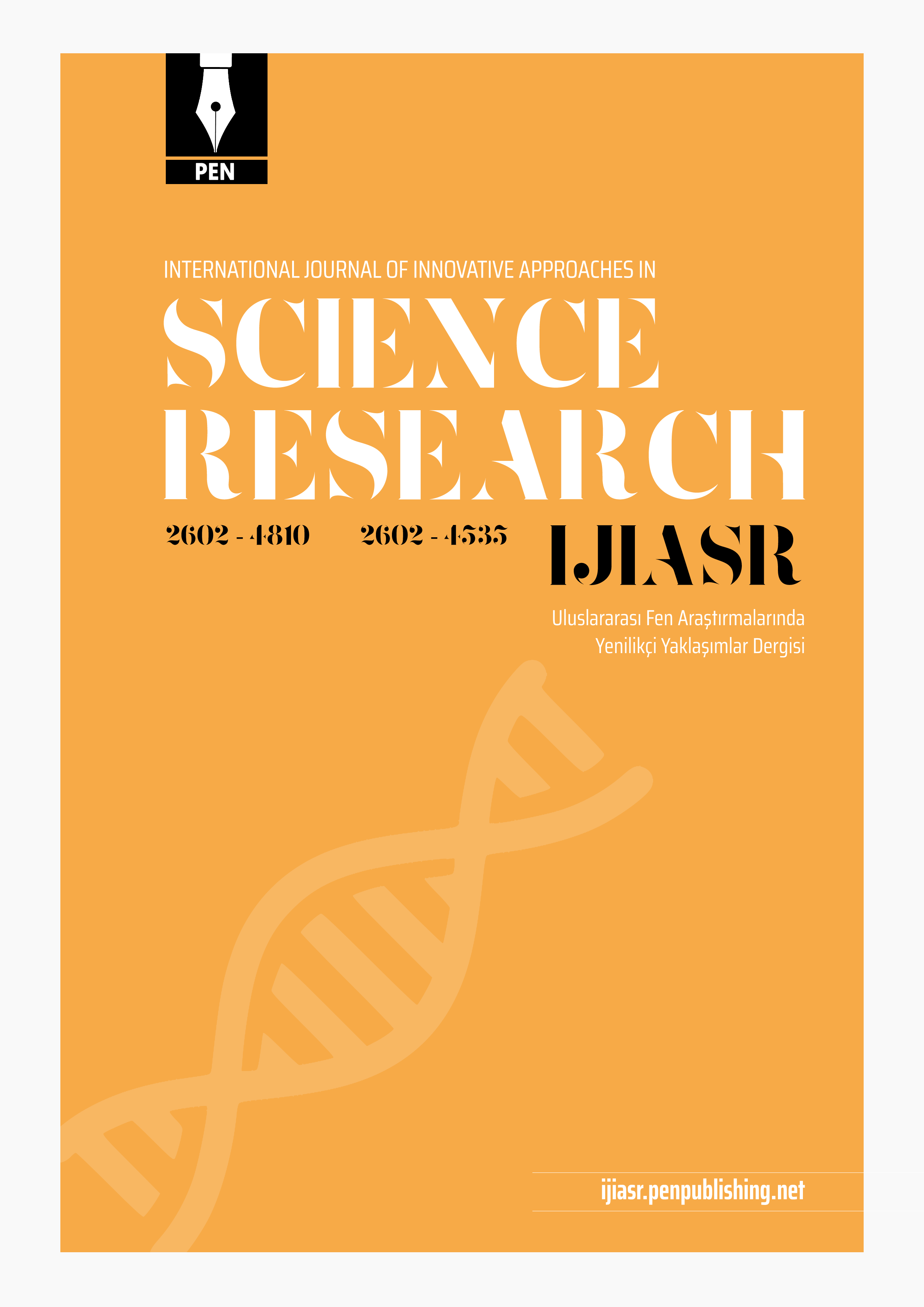
Uluslararası Fen Araştırmalarında Yenilikçi Yaklaşımlar Dergisi
Yazarlar: Betül Özbek İpteç, Gamze Avcıoğlu, Ömer Faruk Şendur , Leyla Didem Kozacı
Konular:-
DOI:10.29329/ijiasr.2018.173.3
Anahtar Kelimeler:Oxidative stress,Thiol disulfide homeosthasis,Osteoarthritis,Erosive hand osteoarthritis,Non-erosive hand osteoarthritis,Inflammatory markers,Cytokines
Özet: Background: Reactive oxygen species have a role in pathogenesis of osteoarthritis. The main objective of this study was to determine other oxidant/antioxidant substances and inflammatory markers in hand osteoarthritis patients. Methods: Thirty healthy controls and 50 patients with hand osteoarthritis (HOA) were included in the study. All patients were questioned about age, sex, history of the symptoms, presence of sensitive and swollen joints, smoking habits, other systemic diseases and medications. Serum thiol-disulfide homeostasis tests (TDHT), catalase (CAT), ceruloplasmin (Cp), arylesterase (ARES), paraoxonase (PON), stimulated paraoxonase (SPON), total antioxidant status (TAS), total oxidant status (TOS), malondialdehyde (MDA), myeloperoxidase (MPO), routine biochemistry tests and inflammatory markers: Interleukin-1b (IL-1b), interleukin-6 (IL-6), C-reactive protein (CRP) and erythrocyte sedimentation rate (ESR) were measured. Results: MPO, TDHT, MDA, MPO and inflammatory markers (IL-6, CRP and ESR) were significantly different in HOA patients from those in control group (p=0.005; p=0.001; p=0.014; p=0.005; p=0.012; p=0.003 and p<0.001, respectively). Conclusion: Our results support that oxidative stress increases in HOA and with the severity of the disease, suggesting that oxidative stress might be involved in pathogenesis of HOA.